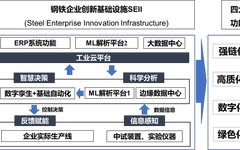
Introduction
The steel industry, as a crucial raw material sector supporting the development of national manufacturing, plays an important role in ensuring the national economy and defense construction. However, as a complex process industry, each process is a black box characterized by multiple variables, strong coupling, non-linearity, and significant delays, resulting in a production process filled with uncertainties due to the extreme lack of real-time information on material processing, ultimately affecting the quality and efficiency of steel products.
Since the 21st century, human society has entered the digital age, with the development of new generation information technologies such as mobile internet, artificial intelligence, cloud computing, and big data driving a series of industrial developments and transformations. Data analysis applied across various industries, combined with the real economy, has become a powerful weapon for humanity to understand and transform the objective world.
In terms of digital transformation, the steel industry has unique advantages compared to other sectors. Firstly, the steel industry has abundant resources for digital technology application scenarios. Through long-term construction and development, the steel industry has established relatively advanced data collection systems, automation control systems, and R&D facilities, achieving comprehensive data collection and rich data accumulation. It can be said that the steel industry is one of the closest industries to ‘digitalization’. Secondly, the steel industry has the most urgent demand for digital technology, as its production process is entirely a black box. The complex relationships, genetic effects, and uncertainties provide rich scenario resources for the application of digitalization. The main direction for the future development of the steel industry is how to process, analyze, and compute data resources to establish a high-fidelity digital twin with ‘in-situ analysis capabilities’, thereby constructing a closed-loop empowerment system based on data automatic flow for state perception, real-time analysis, scientific decision-making, and precise execution, solving complex uncertain problems in the production and service application processes, improving resource allocation efficiency, and reducing R&D costs.
01
Design of Innovative Infrastructure for Steel Materials and Development of Core Industrial Large Models
The steel industry must integrate with digital technology to leverage its application scenarios and data resources, thus it is essential to build a digital innovation infrastructure for steel enterprises (SEII—Steel Enterprise Innovation Infrastructure). This infrastructure is driven by technological innovation, based on information networks, aimed at high-quality development, and designed to enhance the core competitiveness of steel enterprises, serving as the foundation for upgrading, integrating, and innovating the steel industry. SEII adopts a basic architecture of ‘1 network and 3 platforms’, utilizing industrial internet as the carrier, with underlying data perception and precise execution as the foundation, edge process setting model digital twins and edge/bottom CPS as the core, and cloud platform data-driven support, serving the digital transformation of steel enterprises, as shown in Figure 1. In the entire system, data flows automatically in a closed loop, achieving resource optimization through four links: state perception, real-time analysis, scientific decision-making, and precise execution. A large amount of implicit data contained in physical space is transformed into explicit data through state perception, which can then be computed and analyzed in the information space, turning explicit data into valuable information. Information from different systems is processed centrally to form scientific decisions regarding external changes, further transforming information into knowledge, which is applied to physical space through optimized design, forming a closed-loop empowerment cycle that makes physical space equipment operation more reliable, resource scheduling more reasonable, and the intelligent collaboration effect among various links more optimized, thus achieving efficient enterprise operation. Ultimately, SEII aims to achieve four key functions: key process and equipment innovation for greening, super-intelligent CPS process control, high-efficiency low-cost product innovation, and coordinated management optimization across the entire industry chain. Therefore, SEII will undoubtedly become the digital foundation for the upgrade and innovation rise of steel enterprises.
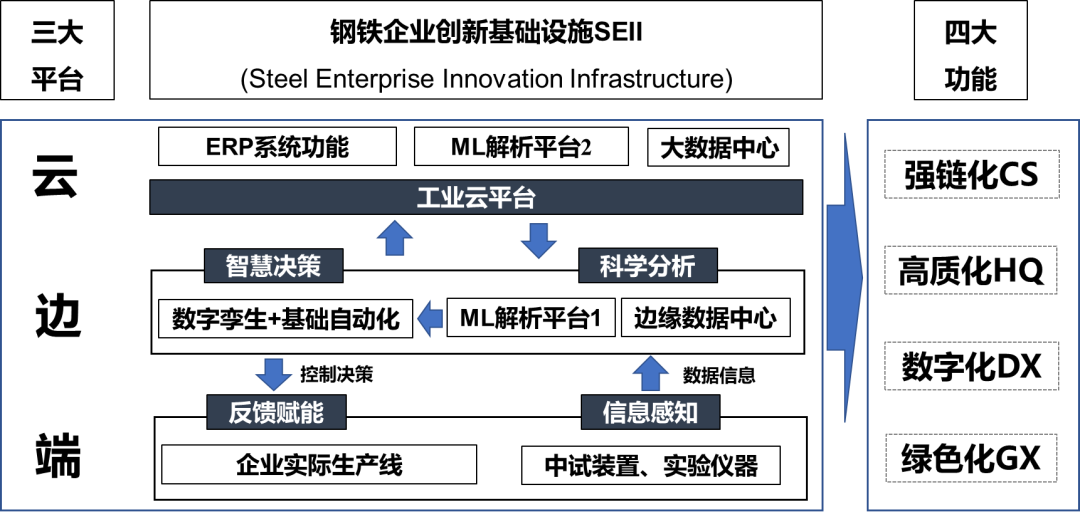
Figure 1 Overall Architecture of Innovation Infrastructure for Steel Enterprises (SEII)
The core of the innovation infrastructure is to establish the relationship between state variables represented by the composition of steel materials, production processes, and other digitized unstructured data with geometric dimensions, microstructure, performance, surface, and service performance, that is, to establish a high-precision digital twin model of the steel production process. However, considering that the internal operating conditions of various stages of steel production cannot be measured online in real-time, traditional mathematical models for the main processes of on-site production are mostly mechanistic and/or empirical models. Due to fluctuations in environmental conditions and operating conditions, as well as changes in equipment operating states, and the complex relationships between process input conditions, state variables, and control systems, these mechanistic and/or empirical models have poor applicability and accuracy for the complex dynamic processes of the entire flow black box, making it difficult to accurately understand the complex relationships between key parameters such as processes, equipment, and quality, which has become a global challenge for further improving steel production quality.
Theories and methods of artificial intelligence (AI) are the only way to achieve digital twins of complex processes. However, traditional AI can only process and classify data based on input data, making it difficult to extend to application scenarios beyond the training data. In recent years, Generative AI (GAI) has used data and knowledge extracted from data as input to establish relevant large models (Foundation Model) through machine learning, thereby realistically restoring and generating new, original products or tasks, leading to a paradigm shift in the field of artificial intelligence. Its impact is comparable to that of the industrial revolution, greatly enhancing work efficiency across various industries.
In the steel production process, the evolution of internal organizational structure and changes in interface states are complex. For this reason, the relevant team at Northeastern University has integrated data governance and deep mining, physical mechanisms and knowledge learning, strong coupling machine learning of the rolling process ‘force-structure-interface’, dynamic phase change genetic machine learning during cooling processes, and deep learning of microstructure and mechanical properties to establish a generative industrial large model for hot rolling under the SEII architecture, as shown in Figure 2. Compared to traditional models, the total number of variables exceeds three and a half million, which is more than five orders of magnitude greater than traditional models. Through the integration of information across the entire process and continuous iterative optimization in actual industrial applications, the model’s trainability is continuously enhanced based on data resources, and the model’s interpretability and robustness are improved based on physical knowledge learning, thus constructing a high-fidelity digital twin of the hot rolling process ‘composition-process-structure-interface-load-performance’ and forming a general, scalable industrial system, which has been practically applied in more than 10 production lines such as large hot continuous rolling and thick plate rolling mills in China, developing a composition system and optimal rolling process for various high-performance steel materials represented by offshore wind power, producing high-quality hot-rolled steel with ‘internal and external excellence’ successfully applied in various major projects in China.

Figure 2 Main System Architecture of Generative Industrial Large Model for Hot Rolling
02
Empowerment Applications of Industrial Large Model System under SEII Architecture
The generative industrial large model system for hot rolling under the SEII architecture has broken through the technical bottlenecks of high costs and low efficiency brought about by traditional processes and product development methods represented by the ‘trial-and-error’ approach, achieving rapid optimization of hot rolling processes and quick response to market demands.
(1) Typical Application in Hot Continuous Rolling Production Process
Hot rolling oxidation cannot be detected online and is a typical black box process; stable and efficient control of surface quality relies on a high-precision oxidation model, but there is no successful precedent internationally. The project team utilized data-driven algorithms to analyze the relationship between oxidation rate, deformation rate of oxide scale, rolling process, and chemical composition, establishing a model for the evolution of oxide scale thickness throughout the hot rolling process, with a prediction accuracy of ±2.5μm, meeting industrial application standards. On this basis, the correlation between oxidation state and interface friction coefficient was further clarified, achieving precise control of the interface state during the rolling process. For the ultra-high strength acid-free pickling automotive steel experiencing severe oxidation powdering defects during cold processing, an optimization design for the production process was proposed based on the generative model system, incorporating multi-objective optimization algorithms, resulting in the ‘high temperature fast rolling, high temperature coiling’ process optimization strategy, achieving bulk supply of high-strength acid-free pickling steel.
For the high Ti micro-alloyed high-strength steel thin specification products produced in the 2250mm hot continuous rolling process, due to deviations in rolling force settings leading to severe edge waves, the developed generative industrial large model was employed, considering the evolution of microstructure and changes in interface states, improving rolling force prediction accuracy by about 30% compared to internationally accepted models, thus significantly reducing the risk of edge waves in thin specification products. Additionally, to address the issue of significant fluctuations in mechanical properties of final products caused by fluctuations in smelting composition across different batches, a high-fidelity digital twin of the hot rolling process constructed based on the large model was utilized, achieving a complete cycle of ‘feedback-computation-decision-control’ dynamic optimization of the rolling process, reducing mechanical property fluctuations of 700MPa grade ultra-high strength steel by over 50%.
(2) Typical Application in Thick Plate Production Process
Thick plate production is characterized by complex variety structure and many small batch orders, leading to significant economic losses from large amounts of surplus billets sold at a discount, and the excessive variety of steel types complicating the steelmaking process, severely affecting the continuous improvement of production efficiency and product quality. Therefore, enterprises urgently need a ‘mass customization’ production model that meets user demands for low-cost, high-quality, and personalized products while satisfying the need for large-scale and efficient production to enhance the competitiveness of enterprises. To this end, the project team utilized the generative large model for hot rolling, considering the relationships of strengthening mechanisms such as fine grains, precipitation, dislocations, and phase changes, achieving flexible design of rolling processes across thickness and strength grades under the same composition system. In actual production, the pass rate of product mechanical properties reached 100%, reducing over 60 instances of small casting steel per year, and preliminarily achieving a ‘mass customization’ production model primarily based on large castings. Moreover, through flexible design of rolling processes, ordinary C-Mn steel products significantly reduced heating temperatures while ensuring performance, achieving direct rolling with a rolling efficiency improvement of over 35%; a series of high-strength pipeline steels, by refining precipitated phases and enhancing fine grain strengthening to compensate for dislocation strengthening reduction caused by high-temperature rolling, shortened the waiting time between roughing and finishing rolling by nearly 25%, facilitating high-quality, high-efficiency, low-energy consumption production for enterprises.

(a) Empowering Stability Control of 700MPa Grade Ti Micro-Alloyed High-Strength Steel in Hot Continuous Rolling Process
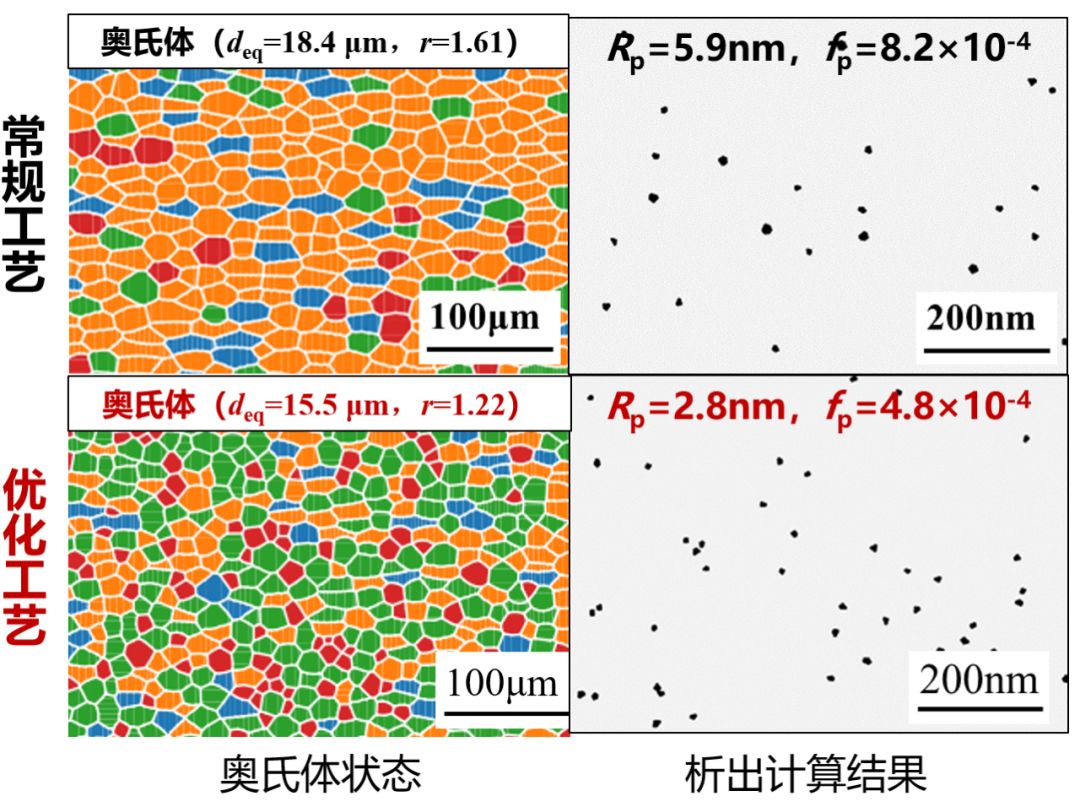
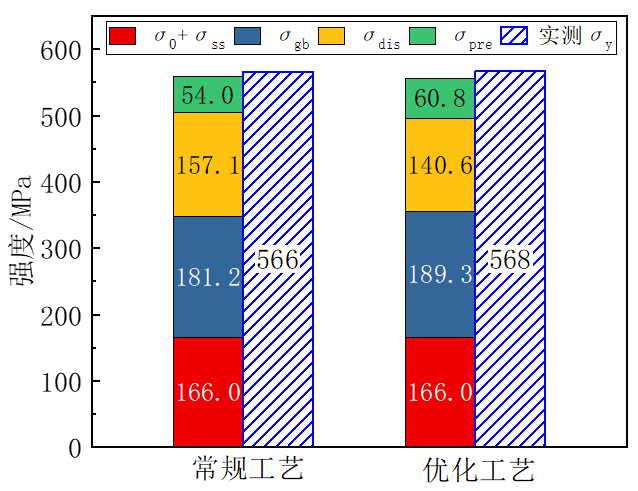
(b) Empowering Efficient Rolling of High-Grade Pipeline Steel in Thick Plate Production
Figure 3 Production Empowerment of Generative Industrial Large Model
Conclusion
The digital transformation and empowerment towards greening, high quality, and strong chains represent the largest strategic transformation in the steel industry in history. As the most advanced digital and intelligent technology innovation platform in the data era, SEII adopts the latest digital technology architecture and model development methods, fully leveraging the rich application scenario advantages of the steel industry and maximizing the utilization of the long-accumulated resources of enterprises, such as abundant data and advanced technology.
Relying on the powerful data processing capabilities of data analysis and data science, along with amplification, multiplication, and superimposition effects, to achieve greening key processes, equipment innovation functions, super-intelligent CPS process control functions, high-efficiency low-cost product innovation functions, and coordinated management optimization across the entire industry chain, enhancing the core competitiveness of enterprises, empowering the upgrade and transformation of the steel industry, and becoming an internationally leading industrial cluster.
Recommended Reading
Focus on Two Sessions | Simplified Version of the Government Work Report is Here! Only 700 Words
Focus on Two Sessions | Important Data in the “Government Work Report” is All Here →
Focus on Two Sessions | National Committee Member Hu Wangming Will Submit These Two Proposals!
Exciting Video Recommendations
Content Source: World Metal Guide
Copyright Notice: The copyright belongs to the original author. If there is any infringement, please contact for deletion; the content of the article represents the author’s personal views and does not represent the views and positions of this report. Please indicate the source when reprinting; if there are any biases in the content, please point them out; if the source is misidentified, please contact us.
Welcome to cooperate with World Metal Guide, Phone 18127167276 18911030405 (WeChat same number)
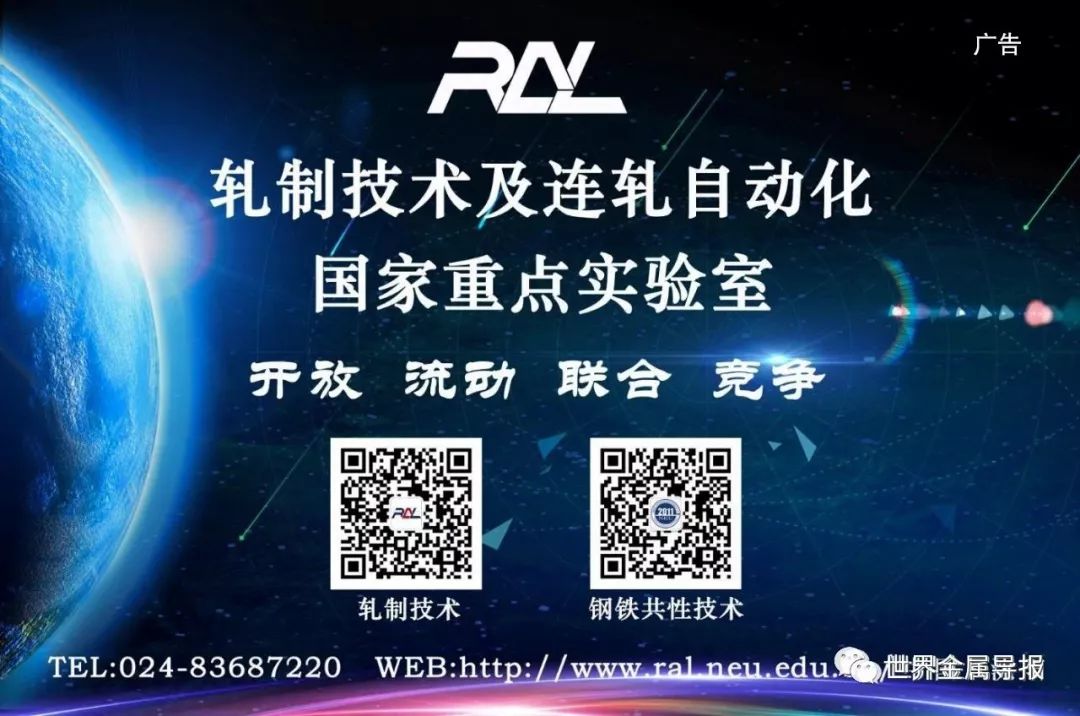
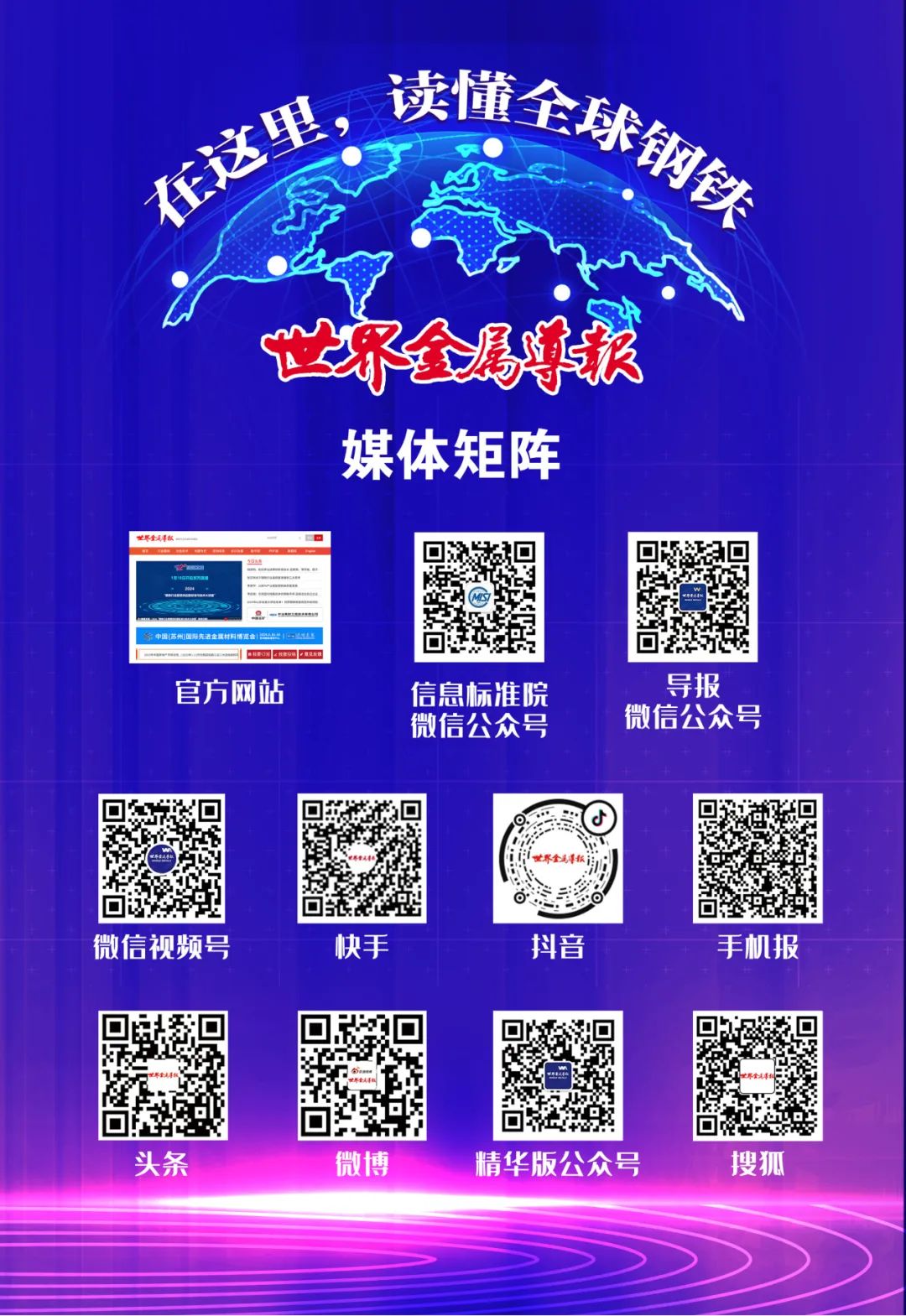
World Metal Guide
Postal Publication Code: 1-241
Domestic Unified Publication Number: CN11-4676/F
Annual Pricing: 288 Yuan/Year
Subscriptions Across the Country
Subscription Phone: 010-65221976
Submission Email:

Have you discovered “Share” and “Like”? Click to see!
